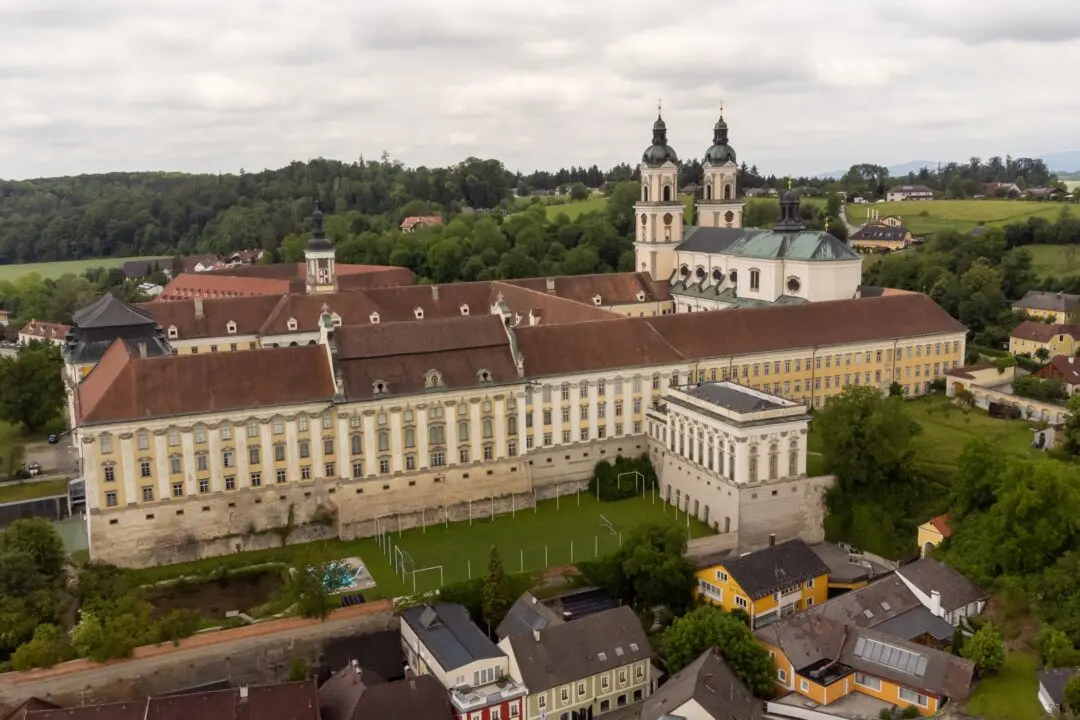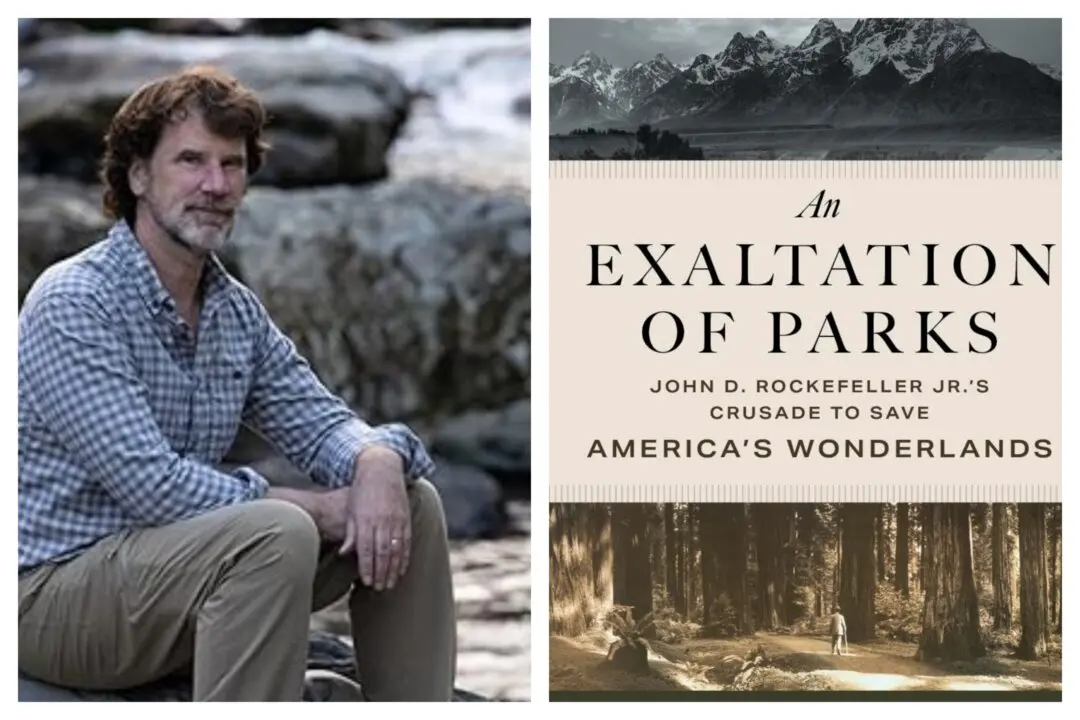The word “breathtaking” did not make it into Noah Webster’s original 1823 “American Dictionary of the English Language.” Perhaps it is because the adjective was not necessary until the Grand Canyon became a national monument and then a national park, almost a century after Webster first published his grand volume. Yet it is the word “breathtaking” that so ideally sums up the personal experience of the Grand Canyon’s vista and the hushed awe it elicits. Or, as early 19th-century British novelist J.B. Priestley described the natural marvel: “It is not a show place, a beauty spot, but a revelation.”
It was the aforementioned quote that Stephen J. Pyne chose to begin the first chapter of his 1998 book, “How the Canyon Became Grand: A Short History.” Its thesis concentrates on more than just the canyon’s geological creation story; it brings to light numerous factors contributing to the Canyon’s becoming a symbol of America’s grandeur. In fact, the concise 199-page book provides insight into how social, artistic, literary, political, and intellectual influences truly put the Grand Canyon on the world map.





